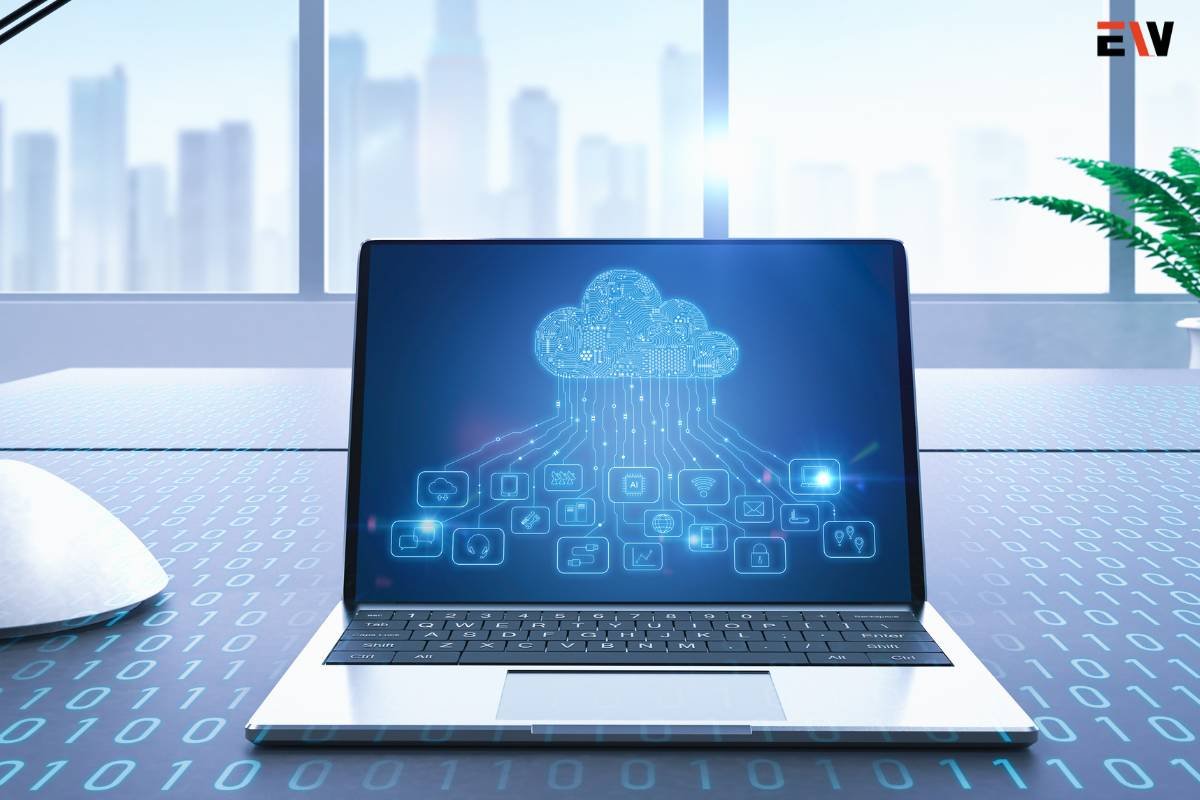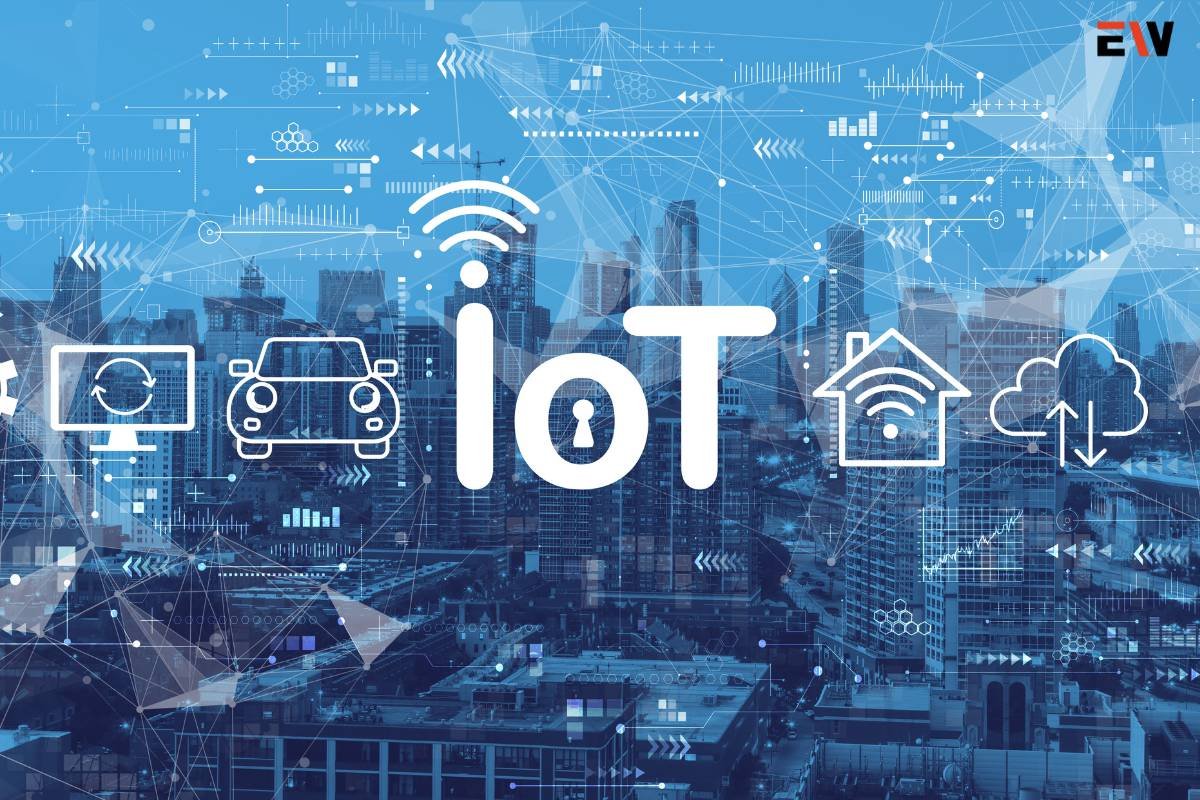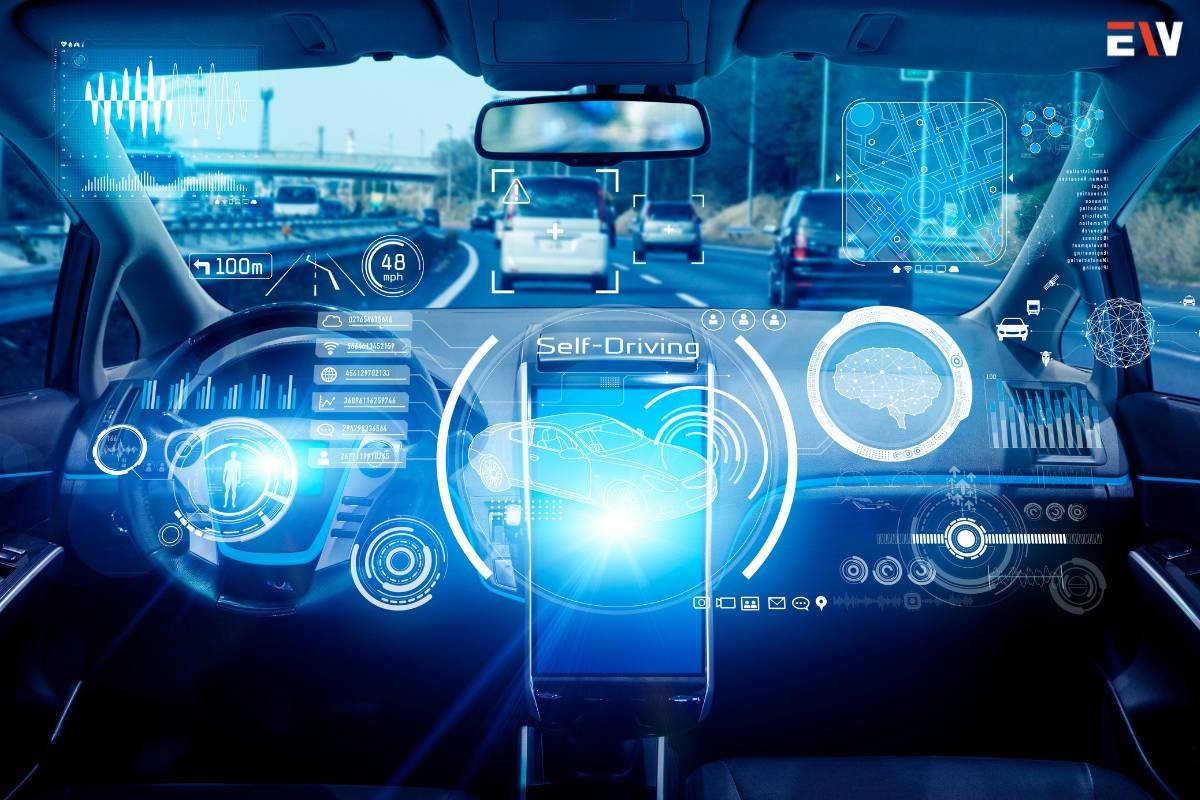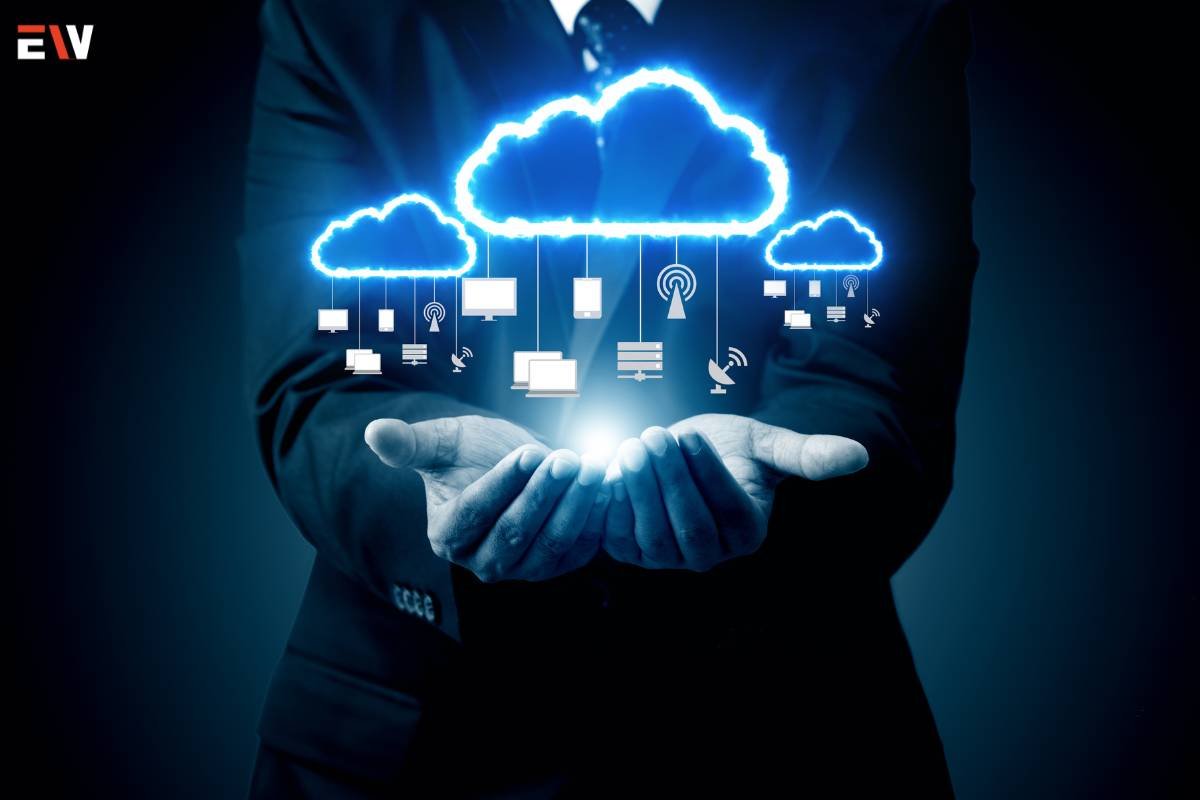In the computing world, the term Fog Computing has emerged as a groundbreaking paradigm that extends the capabilities of cloud computing to the edge of the network. This article delves into the intricacies of edge computing, exploring its definition, key components, benefits, and its transformative impact on various industries.
Defining Fog Computing
Fog computing, often referred to as edge computing, is a distributed computing paradigm that brings computation, storage, and networking closer to the data source or edge devices. Unlike traditional cloud computing, which centralizes resources in distant data centers, edge computing places computing resources at the edge of the network, closer to the devices generating or consuming data.
Key Components of Edge Computing
1. Edge Devices
Edge devices, such as sensors, IoT devices, and smartphones, form the foundation of edge computing. These devices generate vast amounts of data that can be processed locally, reducing latency and improving response times.
2. Fog Nodes
Fog nodes, situated at the edge of the network, serve as intermediary computing entities between edge devices and the centralized cloud. These nodes process and analyze data locally, enabling quicker decision-making and reducing the need to transmit all data to distant cloud servers.
3. Cloud Computing

Edge computing is not a replacement for cloud computing but rather a complement. Cloud servers continue to play a crucial role in storing and processing data that doesn’t require immediate local processing. Edge computing and cloud computing work together to create a seamless and efficient computing ecosystem.
4. Connectivity
High-speed, reliable connectivity is essential for edge computing. The seamless interaction between edge devices, fog nodes, and cloud servers relies on robust communication protocols and networking infrastructure.
Benefits of Edge computing
1. Reduced Latency
By processing data closer to the source, fog computing significantly reduces latency compared to traditional cloud computing. This is particularly crucial for applications requiring real-time processing, such as autonomous vehicles and augmented reality.
2. Bandwidth Optimization
Edge computing alleviates the strain on network bandwidth by processing data locally. Only relevant information or aggregated data is transmitted to the cloud, optimizing bandwidth usage and reducing data transfer costs.
3. Improved Security and Privacy
Local processing at the edge enhances security and privacy. Sensitive data can be processed locally without the need to transmit it over potentially vulnerable networks, reducing the risk of unauthorized access or data breaches.
4. Scalability

Edge computing enables scalable solutions, especially in IoT deployments. As the number of edge devices increases, fog nodes can be added to distribute the computational load efficiently, ensuring optimal performance.
5. Reliability in Unstable Networks
In environments with intermittent or unstable network connectivity, edge computing ensures continued operation. Local processing capabilities allow edge devices to function even when disconnected from the cloud, ensuring reliability in challenging network conditions.
6. Cost-Efficiency
Edge computing reduces the cost associated with transmitting large volumes of data to the cloud for processing. Local processing at the edge minimizes the need for extensive cloud resources, resulting in cost savings for organizations.
Applications of fog computing
1. Smart Cities
Edge computing facilitates the deployment of smart city initiatives by enabling real-time data processing for applications like traffic management, waste management, and public safety.
2. Industrial IoT (IIoT)
In industrial settings, edge computing enhances operational efficiency by enabling localized processing of data from sensors and machinery. This reduces response times and supports predictive maintenance.
3. Healthcare
Edge computing is instrumental in healthcare applications, supporting real-time monitoring of patients, remote diagnostics, and the secure processing of sensitive medical data at the edge.
4. Autonomous Vehicles

The low-latency capabilities of edge computing are essential for autonomous vehicles. Edge processing allows vehicles to make split-second decisions based on sensor data, enhancing safety and responsiveness.
5. Retail
In the retail sector, edge computing can be utilized for inventory management, personalized customer experiences, and real-time analytics, improving operational efficiency and customer satisfaction.
6. Agriculture
Edge computing aids precision agriculture by processing data from sensors and drones in the field. This enables farmers to make data-driven decisions for irrigation, crop monitoring, and pest control.
Challenges and Future Trends
1. Security Concerns
While fog computing enhances security in certain aspects, it also introduces new challenges. Ensuring the security of distributed systems, edge devices, and fog nodes is crucial to mitigate potential vulnerabilities.
2. Interoperability
The diverse array of edge devices and fog nodes may lack standardized protocols, leading to interoperability challenges. Establishing common standards is essential for seamless integration and collaboration within edge computing environments.
3. Management Complexity
Managing a distributed edge computing infrastructure can be complex. Organizations need robust management tools and strategies to monitor and optimize the performance of edge devices and fog nodes.
4. Integration with 5G Networks
The rollout of 5G networks is expected to further enhance the capabilities of edge computing. Integrating edge computing seamlessly with 5G infrastructure will be pivotal for unlocking its full potential.
5. Advancements in AI and Machine Learning
The integration of artificial intelligence (AI) and machine learning (ML) with edge computing is a promising trend. These technologies can enhance local decision-making capabilities and enable more intelligent processing at the edge.
Conclusion
Fog computing represents a paradigm shift in the way we approach distributed computing. By bringing computation closer to the edge, this innovative approach addresses key challenges associated with latency, bandwidth, and security. As industries continue to embrace the era of IoT and edge computing, edge computing is poised to play a pivotal role in shaping the future of connected and intelligent systems. As organizations navigate the challenges and embrace advancements in this field, edge computing stands as a transformative force with far-reaching implications for a wide array of applications and industries.










